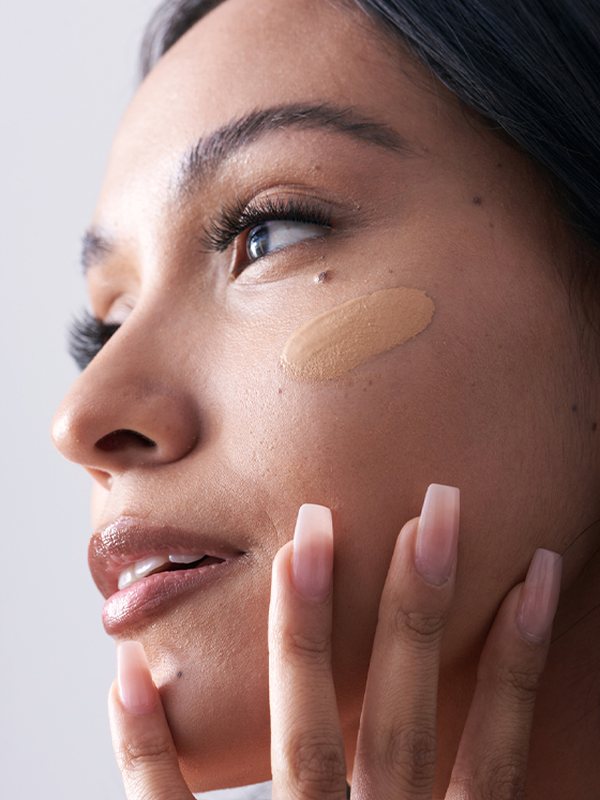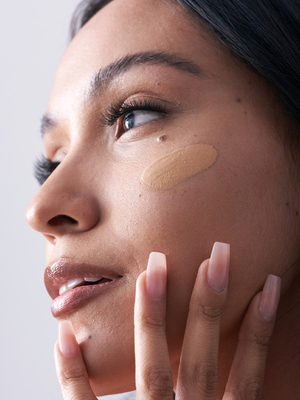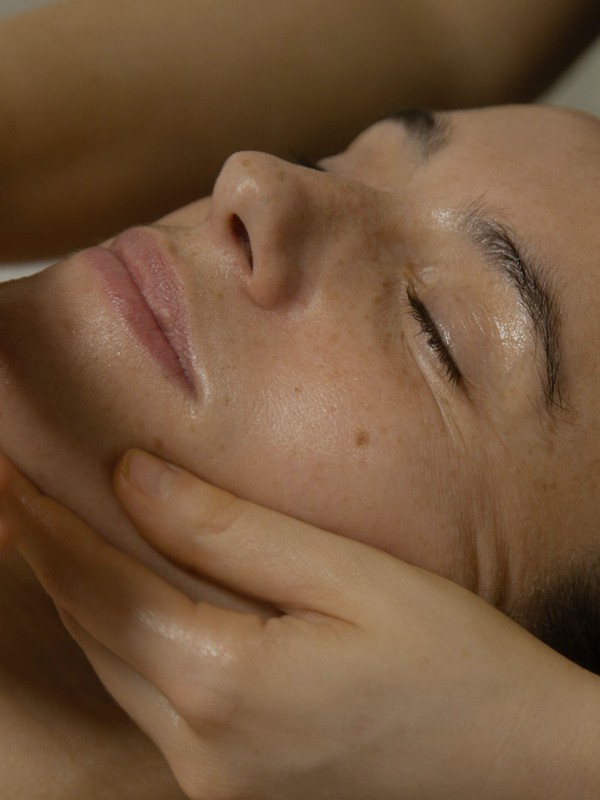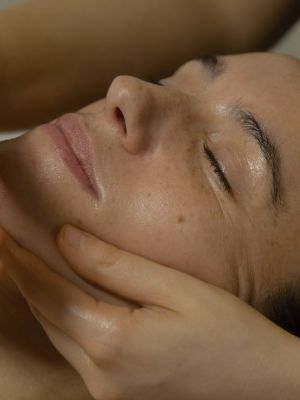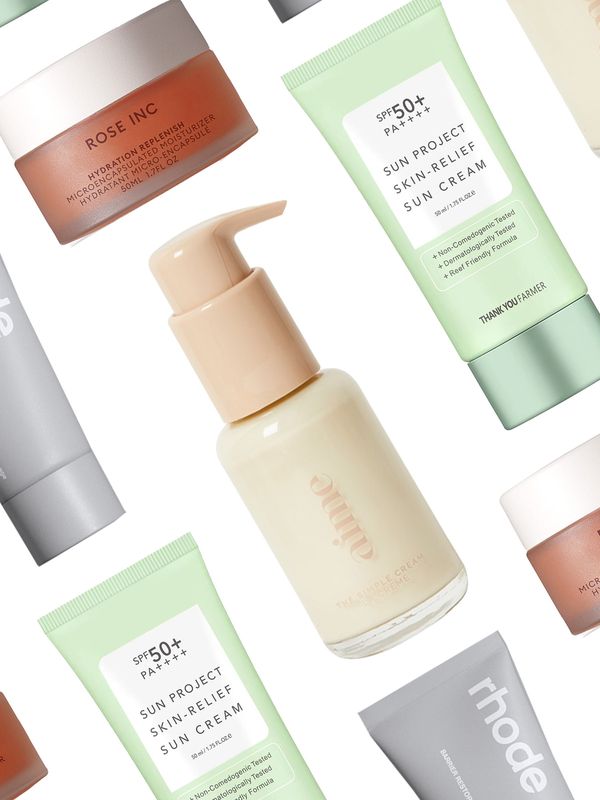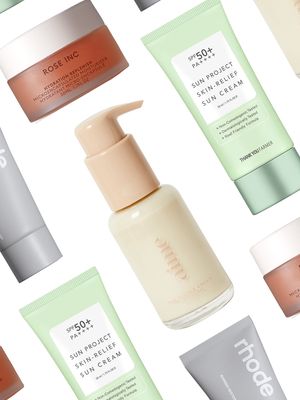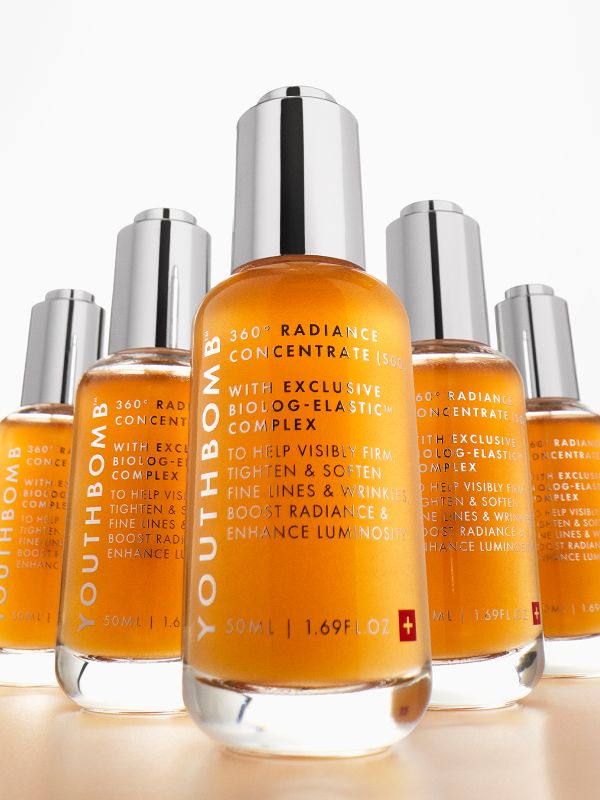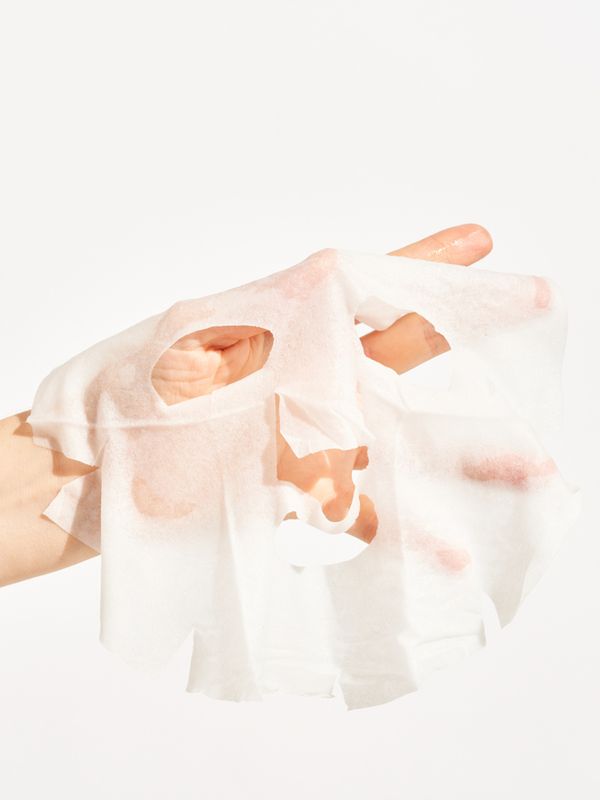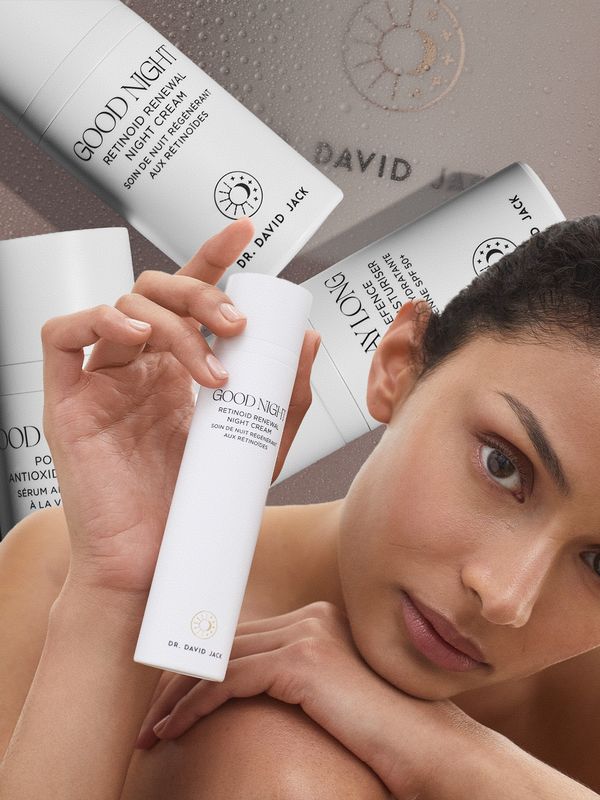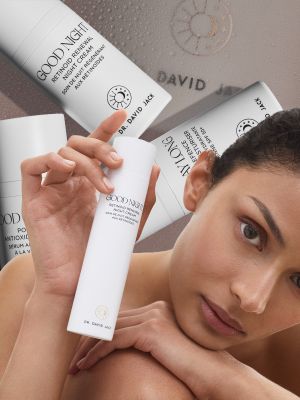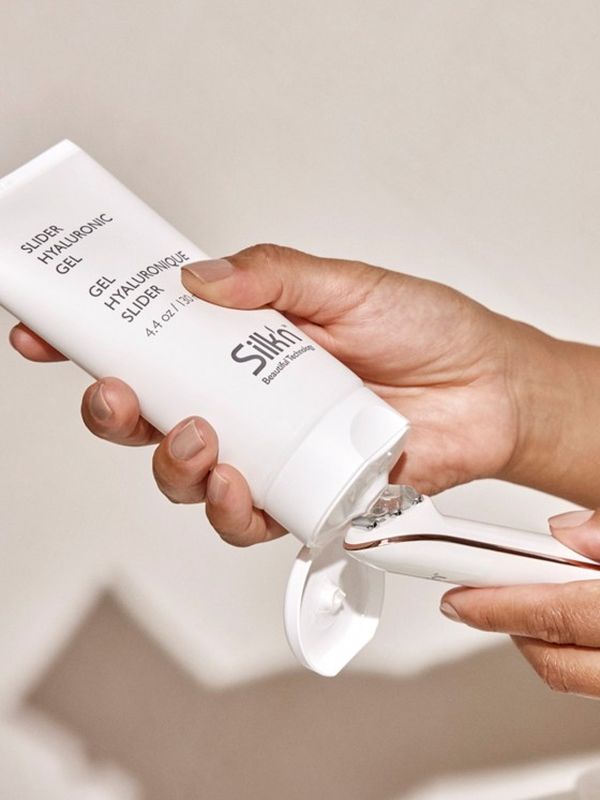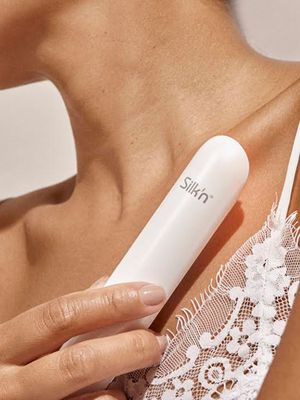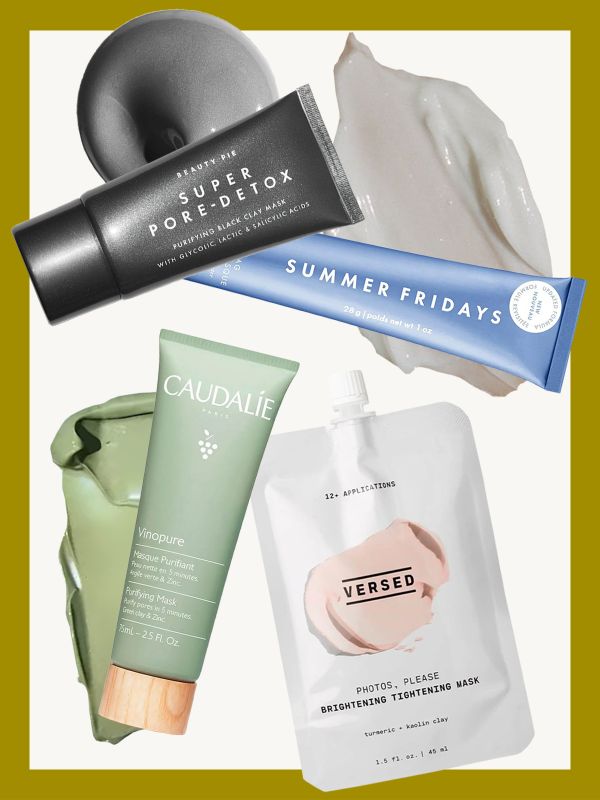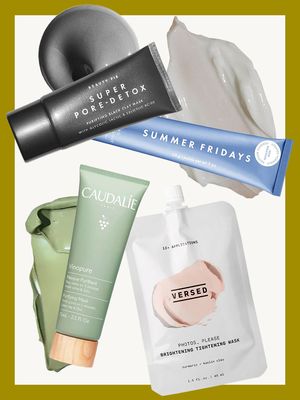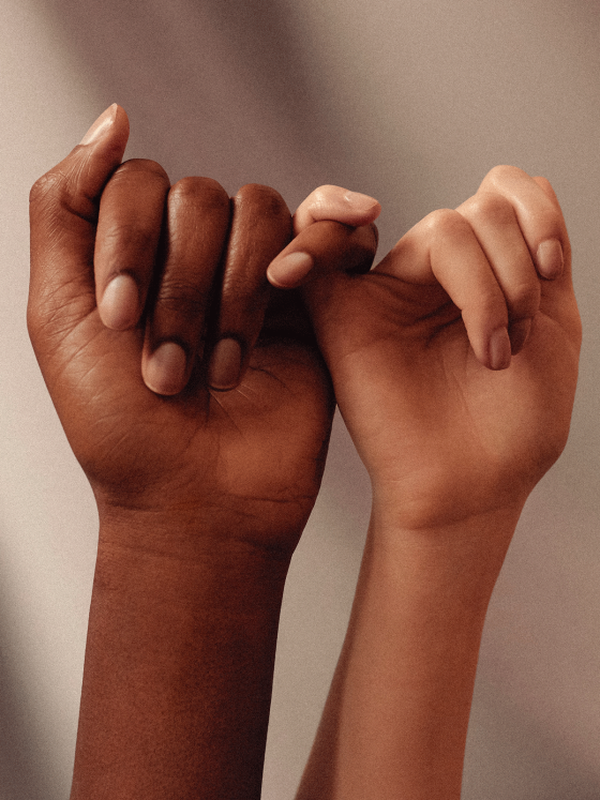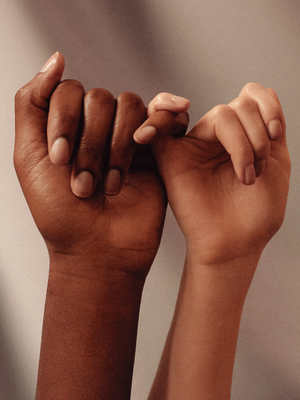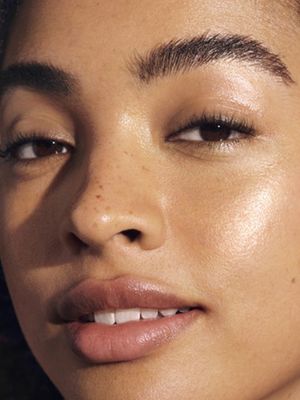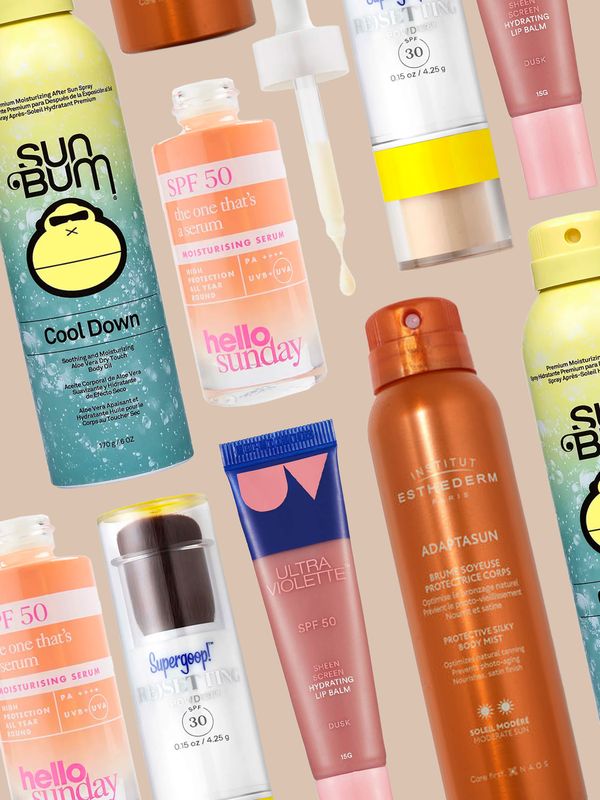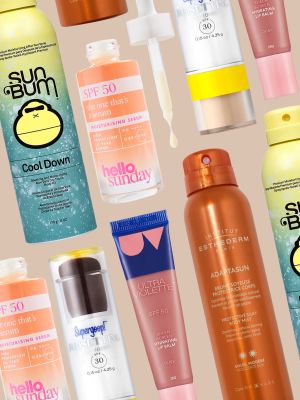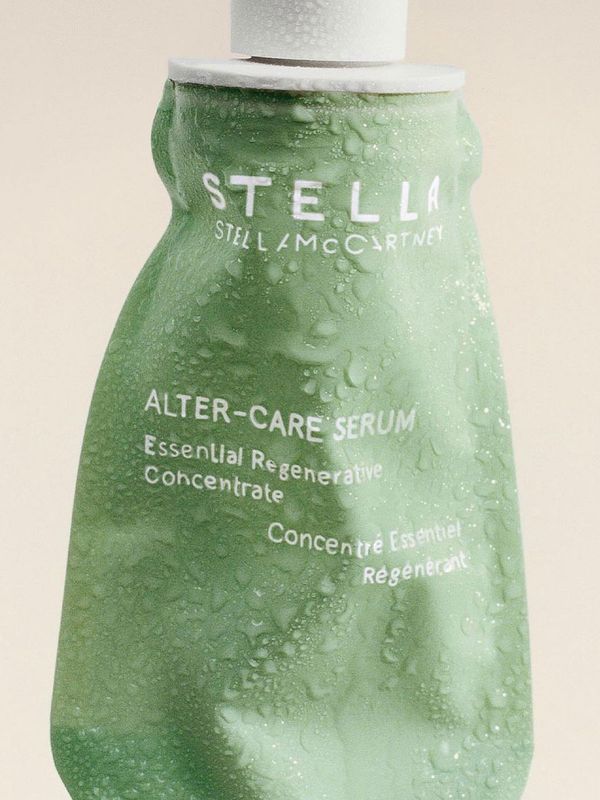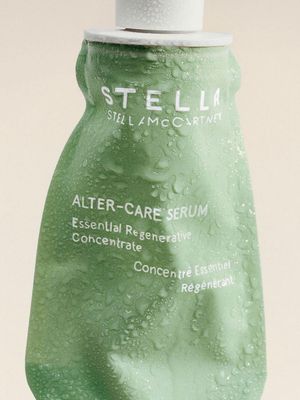
10 Things To Know About Adult Acne
1. Contraceptives Are Common Triggers
Stopping the combined contraceptive pill is often a trigger for acne. GPs are often reluctant to prescribe it to anyone over the age of 30. This can in turn lead to oily, blemish-prone skin. By contrast, another form of contraception, the Mirena coil, has increased in popularity in this age group. Like other forms of progestogen only contraception, it can potentially aggravate acne in those who are susceptible.
2. Too Much Skincare Can Be Harmful
Trend-led skincare can, and is, also wreaking havoc on skin. Long-wear foundation, for instance, can be highly occlusive and near-impossible to remove. This has led to the increased popularity in double cleansing with oils and balms. But the combination of these products is potentially disastrous for acne-prone skin – the result is a sea of bumps and dull, unhappy, congested skin.
3. Sugar And Stress Can Induce Acne
We now think there’s a definite link between a high, refined sugar intake and acne as it increases Insulin-like Growth Factor. This has been shown in some studies to increase acne lesion count, especially in women. Dairy contains male-like hormones (known as androgens) and these also potentially trigger our sebaceous glands into clogging up, much like the effect of our own androgens in the week before our period. Stress hormones garner the same response too.
4. There’s A Difference Between Scarring And Discolouration
It’s no secret that chronic inflammation from acne can lead to bothersome complications, which may cause as much frustration and distress as the acne itself. Discolouration and scarring can both follow, but they’re completely different. Patients often come to me complaining of scarring, when in fact they have post-inflammatory hyperpigmentation. These are flat red marks in fair-skinned individuals and are brown in darker-skinned people. A scar, on the other hand, feels different from the rest of your skin. The base of the scar is typically higher or lower than the rest of the skin.
5. Eventually, Pigmentation Will Fade By Itself
That is assuming you’ve managed to get the acne process under control and aren’t developing new spots. Ingredients that will help speed up the process include hydroquinone, retinoids (essential to prevent acne relapse and should be part of a maintenance programme anyway) kojic Acid, AHAs and azelaic Acid.
6. Sunscreen Will Prevent Further Darkening
Choose a broad-spectrum non-comedogenic sunscreen designed for acne-prone skin to prevent further darkening of the affected areas. My personal preference for what I call the post-acne ‘tidy-up’ is the Obagi Nuderm System which incorporates hydroquinone, AHAs, retinoids and sunscreen all in combination.
7. Reduced Scarring Is Possible
There are three different types of scars. Base-rolling scars have a rounded wave-like finish, box scars have sharp, straight edges and ice-pick scars are narrow but deep. Each requires a different treatment, there is no one-size fits all approach and your derm will be able to advise you what’s best. Chemical peels, laser resurfacing and medical needling are some of the common in-office procedures performed for acne scarring. Individual scars can also be treated surgically (by excision, where they are removed and stitched) or using a sharp sterile needle to free up the scar tissue underneath, by a method known as subcision. Dermal fillers can also be used to temporarily improve the appearance of scars. Different techniques are often used in combination for the best results, but the process can be long and requires multiple treatments. Ultimately, treating acne aggressively at the onset is the most effective management plan. Scarring is often avoidable if good quality medical care is sought promptly.
8. Too Much Skincare Will Aggravate
The first thing when I’m creating a treatment plan for someone with acne is to establish what not to do. Avoid physical scrubs and cleansing brushes – these just aggravate acne and promote sensitivity. I’d also recommend avoiding essential oils and oils generally as this can cause extra irritation.
9. Roaccutane Should Only Be Provided Under Guidance
Some patients will merit a course of oral isotretinoin, especially in the event of scarring or acne that’s resistant to other treatment forms. In these instances, it’s the treatment of choice as it tackles all the steps in the acne process by reducing oil production, the formation of comedones and inflamed lesions. All oral retinoids have teratogenic effects and patients must be cautioned to avoid pregnancy while taking these medications.
10. Prevention Is Better Than Cure
To aid prevention, I recommend using a topical retinoid at night, with an anti-inflammatory agent like salicylic acid or benzoyl peroxide in the morning. And I recommend supporting skin with non-clogging, hydrating basics. I’ve created Dr Sam’s Skincare with this in mind and recommend our gentle, non-foaming cleanser which meets the needs of grown-up women who are acne-prone, but also have more sensitive skin. It’s important to always ask your dermatologist for guidance on making smart make-up choices for acne-prone skin too.
Visit DrSamBunting.com
DISCLAIMER: We endeavour to always credit the correct original source of every image we use. If you think a credit may be incorrect, please contact us at info@sheerluxe.com.
